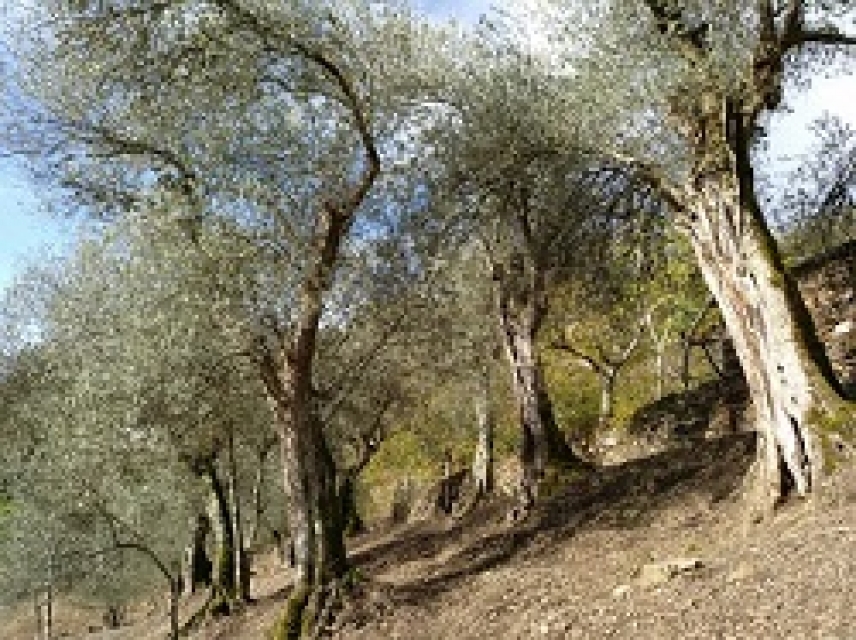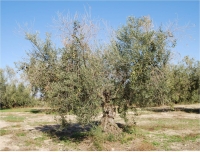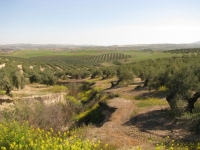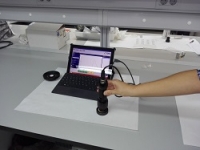A scientific study characterizes two new Galician olive varieties for the first time
Escrito por UCC+iThe research, done in collaboration with the University of Cordoba, recognizes the potential and high quality of these olive oils
Olive oil is a key element and one of the main sources of fat in the Mediterranean diet. Olive oil is remarkable for its nutrients and Spain has the honor of being the number one producer of this “liquid gold.” Though most Spanish olive oil production takes place in Andalusia, over the last few years other regions within Spain have begun to produce high quality olive oil, using their own varieties native to those regions.
How do African air masses influence olive-pollen allergy levels?
Escrito por UCC+iA study by researchers at the University of Córdoba shows how the arrival of African air masses at high altitudes affects olive-pollen transport in Andalusia
Olive pollen is amongst the most widespread airborne pollens in southern Europe; its frequency, coupled with an intense flowering regime, gives rise to a high incidence of allergies.Research into the factors governing airborne pollen counts and their behaviour is increasingly playing a key role in improving the quality of life of those sensitive to olive -pollen allergens.
Research in olive varieties steps up the fight against anthracnose
Escrito por UCC+iA study by researchers at the University of Córdoba has identified the olive varieties most resistant to an epidemic which could ruin the year’s harvest
Heavy rainfall in 1996 and 1997 provided the ideal conditions for the largest olive anthracnose epidemic recorded in recent decades, but at the same time prompted more intensive research into this pathogen.
Theeffect of rainfall and vegetation in controlling the erosion of Mediterranean cropland
Escrito por UCC+iResearchers at the University of Córdoba’s Department of Agronomy are examining the use of rainfall and plant cover as variables for predicting gully formation.
Gully formation is one the most common features of soil erosion in Mediterranean environments. Gullies – incisions or ditches produced by the action of water running over the soil surface – are mostly found in dry lands, which are naturally more sensitive to the negative impact of erosion. Gully formation is becoming a major concern for farmers in the Mediterranean area.
Diverfarming drafts the map of crop diversification in Europe
Escrito por UCC+iThe project, within the framework of the Horizon H2020 of the European Commission, has carried out a bibliographical search on the state of crop diversification in Europe.
Intercalating crops and reducing or eliminating tilling practices. That is the basis of the diversification of perennial and woody crops that predominates in Europe.
Portable NIRS sensors enable instant analysis of milk composition in individual samples
Escrito por UCC+iThis applied technology uses a portable NIRS instrument for the on-farm measurement of milk nutritional components such as fat and protein content
This technique for the instant in situ monitoring of nutrient composition in individual cow’s milk samples, which obviates the need for laboratory analysis, was developed by a research team belonging to the AGR-128 research group at the University of Córdoba Faculty of Forestry and Agricultural Engineering, headed by Professors Dolores Pérez Marín and Ana Garrido Varo. The portable equipment, which can be used anywhere, takes only tenths of a second to measure major milk components such as protein, fat and dry extract; since there is no need to send samples to a laboratory and wait for results, a considerable amount of time can be saved.






